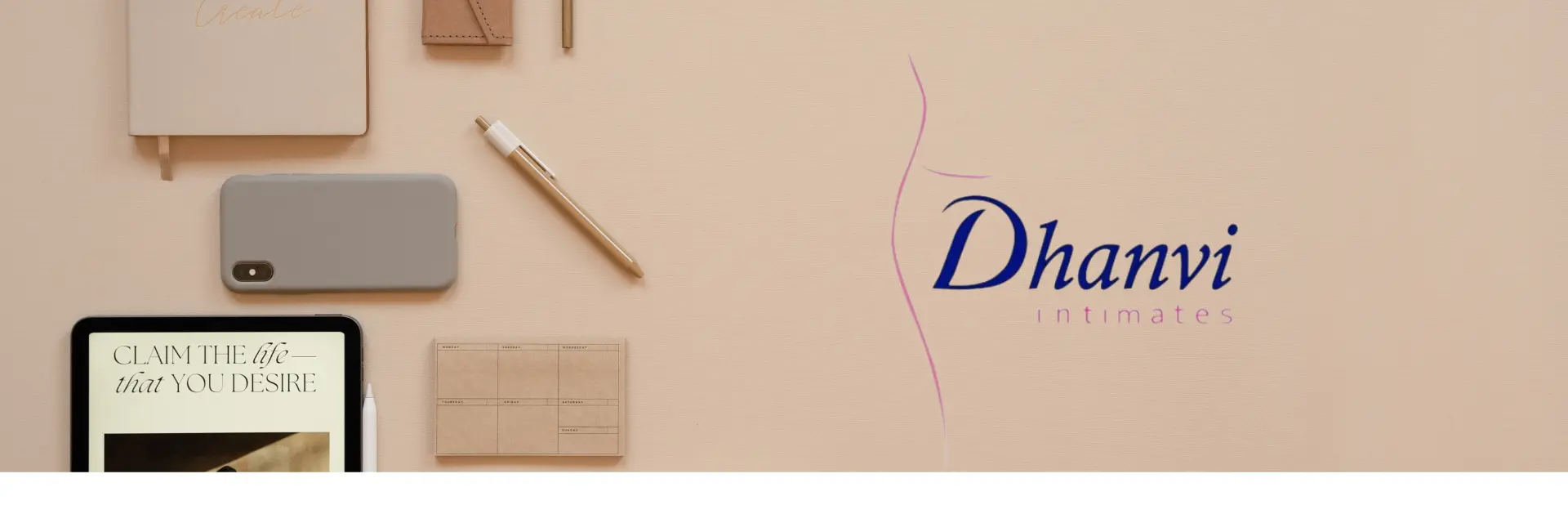
Put on a comfortable, well-fitting, non-padded bra. Choose the bra you feel most comfortable in--it should be snug but not dig into your sides. Your nipples should be about halfway between your elbow and shoulder. If they are lower, tighten the straps to lift
• You can also measure without a bra, but it may be slightly more challenging when things can move around.
Find your band size. Standing in front of a mirror, use a soft tape measurer to measure around your ribs right under your breasts. This is also where the band of your bra wraps around your torso. Pull the tape tight. Write down this measurement.
• Use the mirror to make sure the tape is exactly parallel to the floor. If the measuring tape is not in a straight line around your body and at an angle, you will not get an accurate measurement.
• Don't pull the tape so tight it's like you are wearing a corset. Just make sure it is squeezing your body snugly.
• If your measurement is a fraction (like 33 1/2 inches), round up to the nearest whole number (34 inches).
• Band sizes are measured in even numbers, so if your measurement was odd, you may want to try one size up and one size down (if you measure 35 inches, try both the 34 and the 36 size bra), but round up for now.
Find your bust size. Wrap the measuring tape around your back and measure your breasts at their fullest point, usually at the nipple. Write down this measurement.
• Because your cup size can fluctuate based on hormones and bloating, try to measure on a day when your breasts feel relatively normal.
• If you are concerned about your posture (maybe you slouch), try bending forward at the hips to a 90 degree angle, or until your body forms an L shape. Then measure your bust from that position.
• Don't pull the tape tight like you did with your band measurement.
• As with the band measurement, round up to the nearest whole number if your measurement is a fraction.
• Again, be certain the tape is straight across your back. The measuring tape should not angle up from your back toward your nipples.
• All women have one breast that is larger than the other, so be sure you are measuring to the fuller breast.
Subtract your band size from your bust size. The difference between these two numbers is your key to finding your cup size. A 1 inch (2.5 cm) difference = A cup. 2 inch (5.1 cm) = B cup. 3 inch = C cup. 4 inch (10.2 cm) = D cup. 5 inch = DD cup.
• Once you go above 5 inches (12.7 cm), cup sizes will differ with each company. There should be a sizing chart on the company's website and you can use your band and bust measurement to find which cup you want.
Combine the cup size with your band measurement, and you have your final bra size. So, a 34C means you have a 34 inch (86.4 cm) band and a C cup.
Remember that the cup size is not the same for each band size. A 34B cup will be smaller than a 36B cup. When trying on bras, if you change band sizes you, will also have to change cup sizes.
• If you need a larger band size, go down a cup size. So instead of 34B, you'll want 36A.
• If you need a smaller band size, go up a cup size. Instead of 34B, go for 32C.
• It is more important to have an accurate band measurement than cup measurement. Going up or down a band size is a more significant change than going up or down a cup size. Get a comfortable band first and then fine tune with the cup size.
Get help from a professional if you need it. If you aren't sure you're doing it right, want a second opinion, or just don't feel like measuring yourself, stop into any bra or lingerie store or department and ask a sales associate for help. Helping customers find the best bra is part of their job, and they will know exactly what to do.